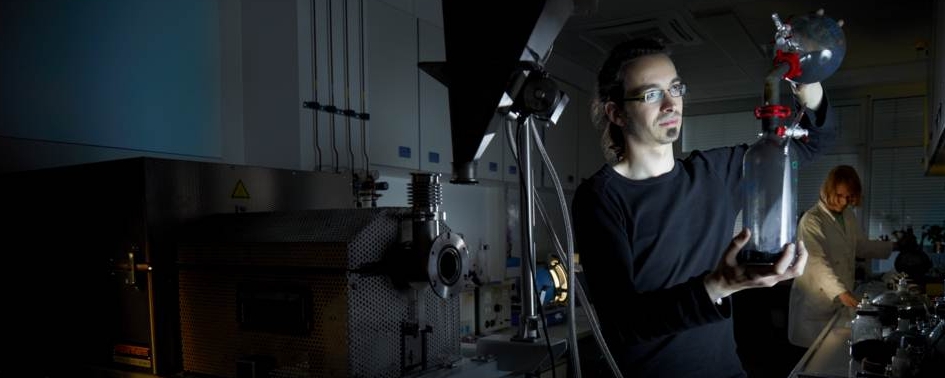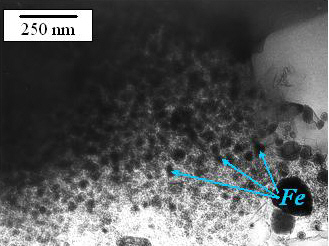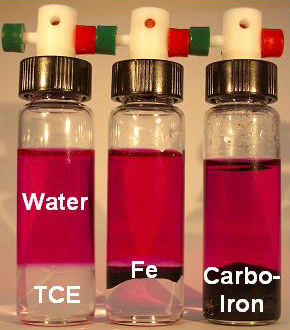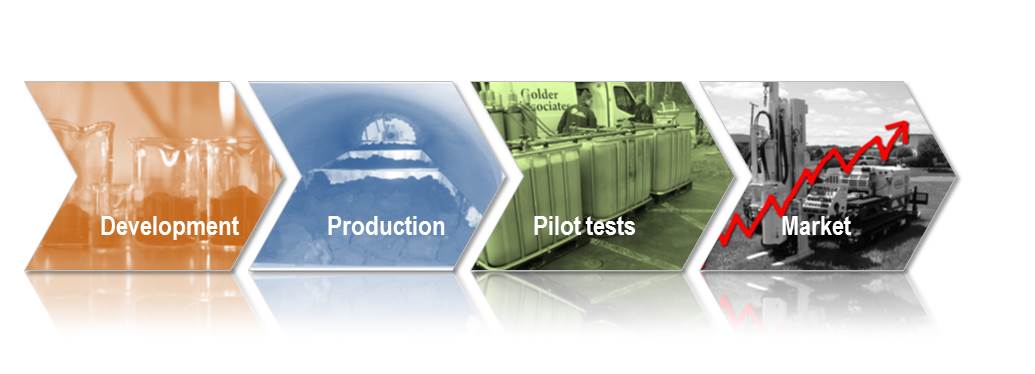Carbo-Iron



One of the focal research points of the Department Environmental Engineering is the development of new methods for water clean-up. With Carbo-Iron, a new in-situ reagent for groundwater treatment is presented. The combination of colloidal activated carbon and supported nano-structures of zero-valent iron (20-30 wt-% Fe) gives a new environmentally friendly reducing agent. It opens up pathways for plume control in aquifers contaminated with halogenated organics because of the high particle mobility in porous media which is a pre-condition for the generation of a wide in-situ sorption/reduction zone. In addition, the material is suitable for source remediation because of the hydrophobic nature of the composite material which provides the basis for a high particle-DNAPL affinity. As known for zero-valent iron, Carbo-Iron is also able to reduce a broad spectrum of halogenated hydrocarbons. The composite material is moreover able to utilize the sorption active activated carbon support for collecting the hydrophobic pollutants which are available at the large C-surface for destruction. The activated carbor also acts as spacer between the iron structures which leads to a much lower agglomeration tendency as known for pure iron. This and the enrichment by adsorption adsorption makes the material especially suitable for the clean-up of low-concentration water contaminations in the µg/L and mg/L range as common for polluted groundwater. Carbo-Iron is quasi the better alternative to nano-iron.
The development of Carbo-Iron is in principle finalized and the material handed over for product placement by inductrial partners. For our further research Carbo-Iron acts as role model for development of materials (reagents and catalysts) which employ the combination of sorptive enrichment of pollutants and their chemical destruction in the sorbed state.

